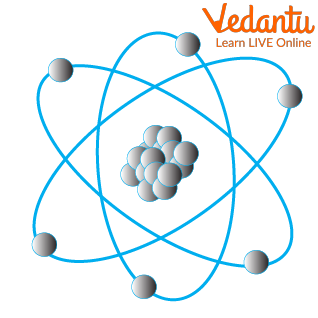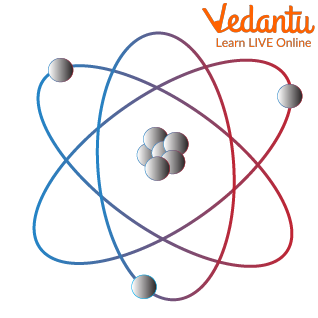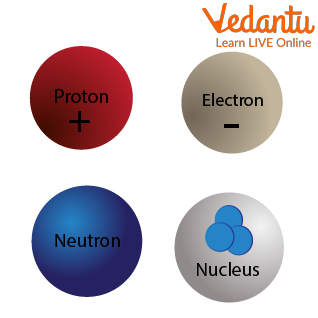




What are Atoms?
Look around you, any object no matter how different they are have one thing in common. Water has something in common with the bottle that it is stored in, the TV remote has something in common with the TV itself and the air has something in common with the cupboard.
If you are probably wondering what makes these various things related to one other, it’s the atoms. Atoms are simply the building blocks of any object. If you take any object and keep breaking them into smaller particles, at the end of the process, you are left with science atoms.

Atoms
How is an Atom defined?
An atom is defined as the basic building block of matter in the universe. So that’s one thing in common, but what makes matters different from one another?
It is interesting to note that though they all have atoms, atoms themselves are of different types. Different atoms make up different objects. As long as we are not looking into the atoms in core detail, these particles are pretty easy to understand and study.
For a long time science atoms were believed to be particles that could not be further divided into smaller species. After a point in time, once that hypothesis was disproved, subatomic particles were studied more in detail.
What are subatomic particles? These are smaller particles that are obtained when atom logos are divided further.

Basic Structure of an Atom
What are Subatomic Particles?
Subatomic particles are smaller in size when compared to science atoms. These are of 3 types on a much simpler level. These are electrons (negatively charged particles), protons (positively charged particles ), and neutrons (neutrally charged particles )
Electrons are almost weightless (their weights are so low and thus neglected) and revolve in orbits around the nucleus.
This can be visualised as the revolution of planets (or electrons in our case) around the sun (or the nucleus).
Protons have appreciable weight and are present in the centrally placed nucleus. They do not move around and are held in place within the nucleus. In accordance with our solar system analogy, they form the sun of the nucleus
Neutrons have appreciable weight but no charge. Their main function is to hold the protons together in the nucleus. Imagine neutrons to be the rope used in tug of war between two repelling sides.
Let us try to understand the atomic structure with an atom logo.

Subatomic Particles
Interesting Facts about the Atom
Let’s look into a few atom facts.
Atoms have a lot of space in them. The nucleus is so closely packed almost occupying very less to no space. To understand this better, if an atom is the size of a cricket stadium, the nucleus is the size of the cricket ball. The remaining space is just empty.
The word “atom” has a Greek origin, meaning “indivisible” or “uncuttable”. For a long time atoms were believed to be indivisible. With further experiments, they realised that atoms can be divided further into subatomic species.
Your body is made up of billions of atoms. About 99% of which are replaced every year producing new ones
Summary
Atoms are the basic building blocks of everything in the universe. All objects are made up of millions of atoms. Revisiting atom facts, atoms were believed to be indivisible particles and hence got their name. With further advancements in sciences, scientists realised atoms can be further divided producing sub-atomic particles.
Subatomic particles include electrons, protons, and neutrons. Electrons and protons are charged species that are equal in number in a neutral atom. Neutrons are neutrally charged and help hold the protons within the nucleus. The nucleus of an atom is centrally placed around which electrons revolve along an orbit as planets revolve around the sun.
FAQs on Interesting Atom Facts for Kids
1. How do we obtain different types of matter if they are all made of the same particles called atoms?
Atoms are all pretty much of the same type. However, subatomic particles vary. Variation is not in terms of the structure of these particles but in terms of their numbers. An atom with one electron, proton, and no neutron is a hydrogen atom. Differing atoms give us different elements.
If you have had a look at the periodic table, you will understand how with one adding electron, proton, and neutron we obtain new different elements. Thus, we obtain a variety of matter from a very simple atom.
2. Are there smaller particles than the subatomic particles?
Yes, recent findings show that the subatomic particles can be further divided into smaller species. These small species include quarks, neutrino, antineutrino, leptons, and positrons to name a few. These are again made of smaller weights and charges and are held together by forces to form the subatomic particles. The subatomic particles are then formed which are arranged as atoms of different types.
It is interesting to note that even these smaller species obtained from the subatomic particles are paired and have opposite charges which neutralise each other.
3. Define the term isotope.
The elements having the same atomic number but different mass number are known as isotopes. Examples are Carbon-12, Carbon-13 and Carbon-14.









